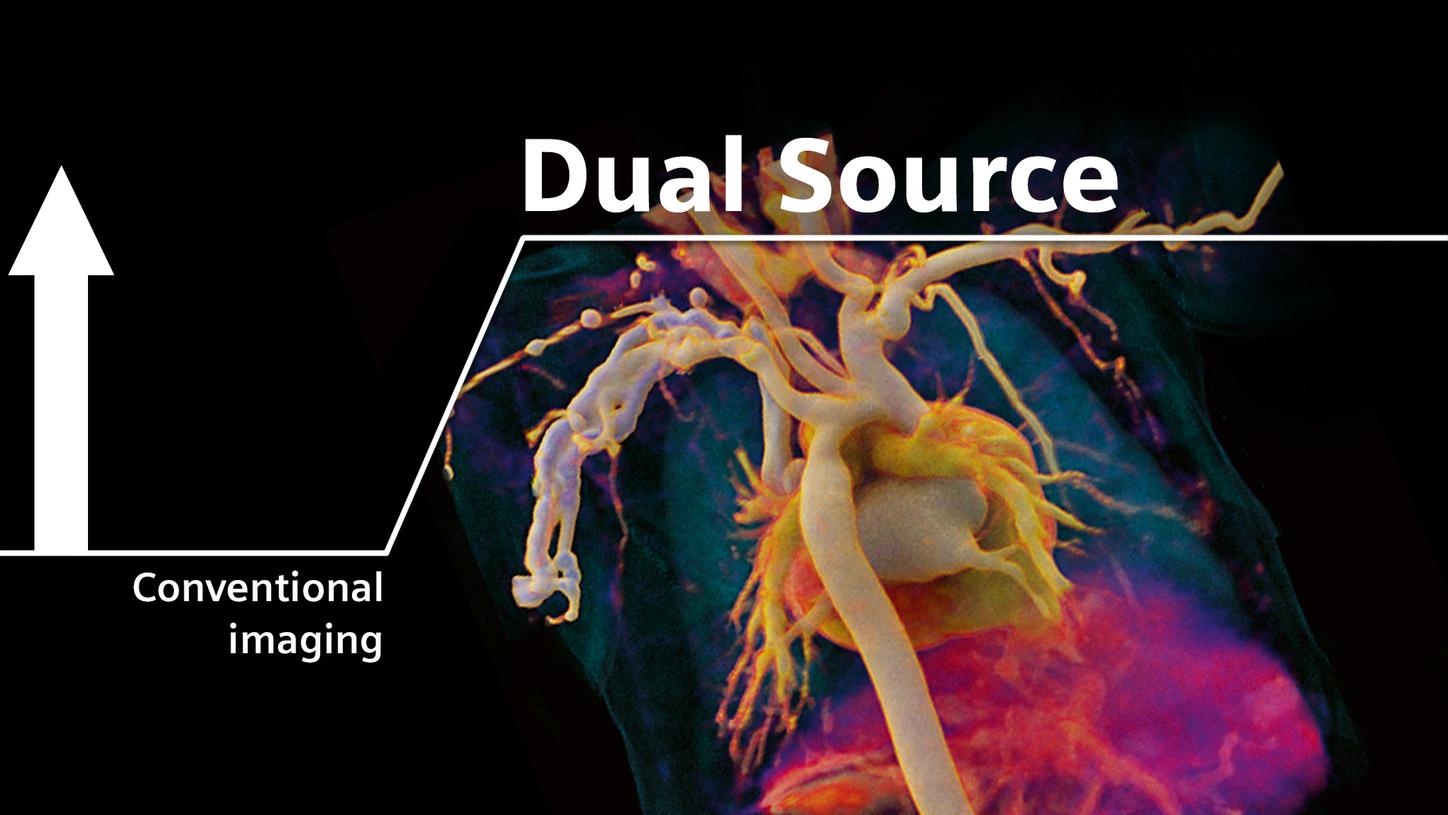1. The products/features shown on this webpage are for healthcare professionals only.
2. The products/features shown on this webpage are not commercially available in all countries. Due to regulatory reasons their future availability cannot be guaranteed. Please contact your local Siemens organization for further details.

